How to clean a filter in a washing machine?

The washing machine took over the function of cleaning, washing, rinsing and drying clothes and linen, thereby providing invaluable assistance to the hostesses. While things are spinning in the drum, you, saving time and effort, can enjoy extra minutes of rest or devote yourself to other household chores. However, modern automatic machines are a rather complex electrical mechanism. Breakage or failure of even a relatively small part can disrupt the operation of the entire washing unit.
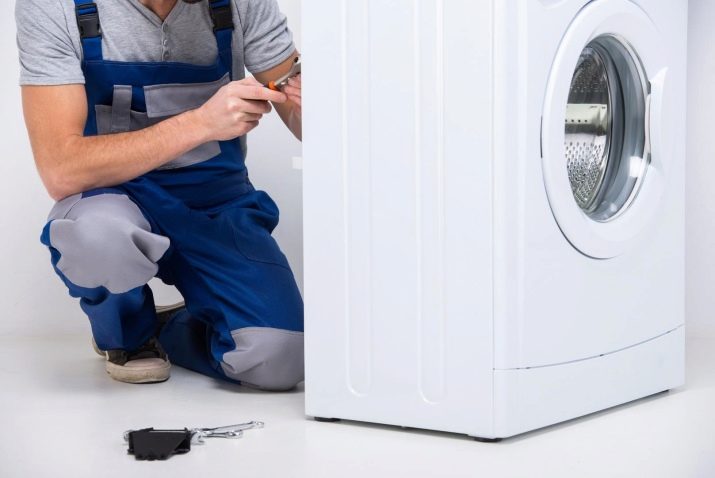
Peculiarities
Many have heard that there is a certain filter in the washing machine, which should be periodically cleaned from clogging and dirt. Some people believe that this filter purifies the water that enters the drum. It is believed that the filter, on the other hand, is located in the place where the water spent after washing, rinsing and spinning is drained.
Both of these opinions are correct.
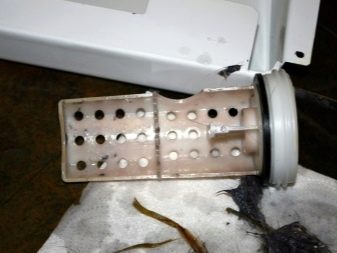
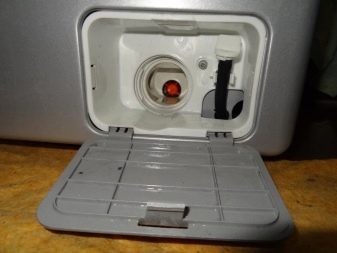
The automatic machine has two filters:
- for water entering the drum;
- for the water draining from the machine.
They are located in 2 different places, and both require timely cleaning. The most susceptible to contamination is the drain filter. However, it is necessary to periodically check the condition and permeability in both filter elements.
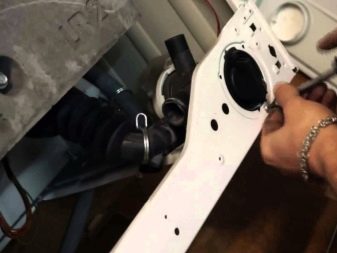
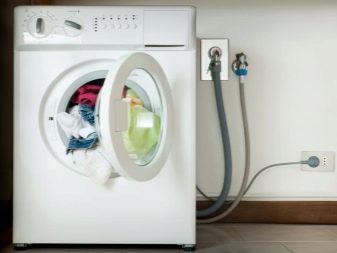
Types of pollution
The filters in your washing machine can become clogged and dirty for the following reasons:
- Rust and small particles in the water. This applies to the inlet filter, which purifies the water entering the washing machine. In most cases, fortunately, tap water has no obvious visible contamination, but it is still necessary to check the condition of the filter at least once every 3-4 months.In addition, the filter element itself often rusts due to constant contact with water, and this can impair its permeability and impede the flow of water for a wash or rinse program.
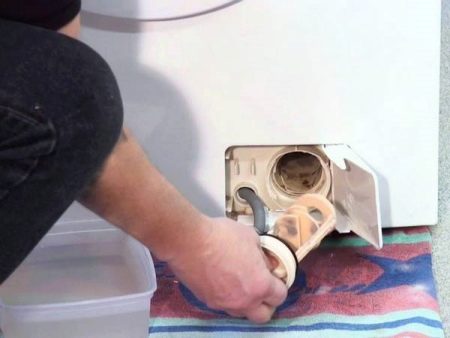
- Limescale. It mainly affects the drain filter element. Limescale or limescale forms from contact of the surface with high temperature water, it is this kind of water that is drained from the machine after the wash cycle. The reason is the high content of salts and minerals in the water, which evaporate at high temperature or boil and settle on the surface and walls of dishes or household appliances. The higher the hardness of the water, the more intensively limescale builds up and accumulates.
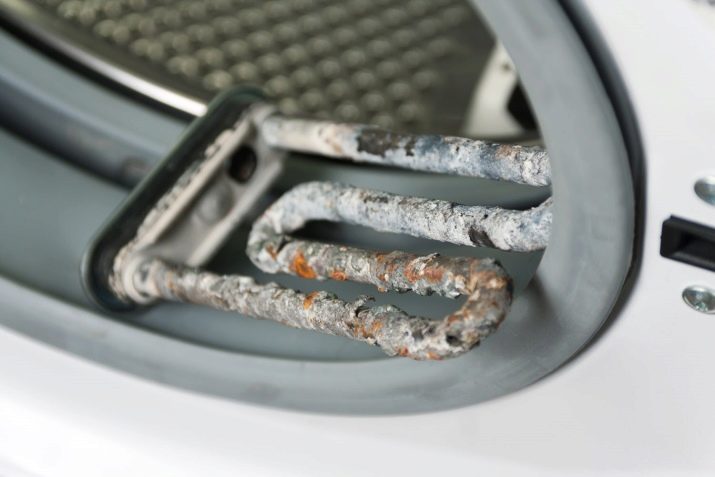
- Mechanical debris. The largest share of the drain filter contamination is represented by various small items from clothing: garbage, sand, threads, small fasteners or decorative items, hair, animal hair. Naturally, these elements are washed out of the laundry and clothes during the wash and out in the flow of draining water. Such blockages are the most intense and dangerous, because they can completely clog the lumen of the filter element, and the washing machine will not be able to perform the drain operation.
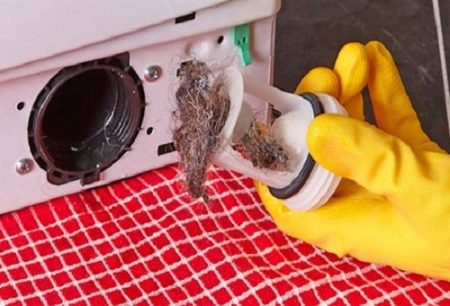
Preparation
Before starting work on removing and cleaning the drain or inlet filter, it is very important to perform preparatory operations in order to protect yourself during this process:
- Shut off the water supply to the washing machine.
- Disconnect the power supply to the automatic machine.

- After turning off the power, wait 10-15 minutes. The fact is that many models of washing machines, for example, the Indesit brand, are equipped with an emergency power failure protection function. After a power outage, these washing machines have a power reserve for a few minutes. This allows you to save the parameters of a given program or mode.
- Unscrew the hoses and carefully drain the remaining water from them. For this, it is better to use a basin. Lower the end of the hose into a basin and shake it lightly. It is better to leave the ends of the unscrewed hoses in the basin until the cleaning of the filter elements is completed.
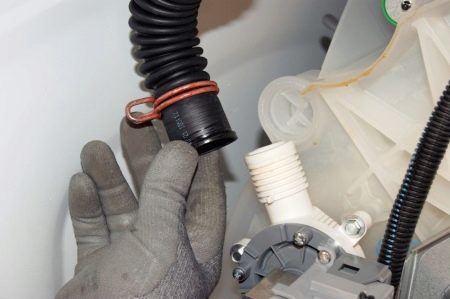
Cleaning process
The element that filters the water at the inlet to the drum does not become soiled as intensively as the drain filter, but it is still worth checking and cleaning it at least once every few months. Much more often, it is worth monitoring the condition of this element if you have water in the water supply with visible contamination, for example, with elements of rust or cloudy.
It should also be noted that not all models of automatic washing machines have a filler filter. You can find out about its availability in the instruction manual for your automatic machine.
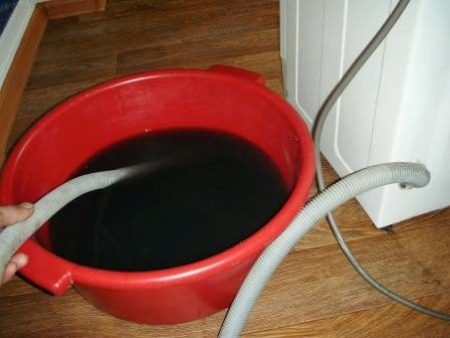
After carrying out the preparatory operations, you can start unscrewing and cleaning the filler filter:
- From the name of this element, it follows that you need to look for it in the place where the water supply hose is screwed to the machine itself. Most often, this entrance is located on the top back wall. After unscrewing the hose you need to carefully remove the filter elementby unscrewing it from the socket with pliers or thick tweezers.
- Carefully inspect the condition of the element and filter mesh. If there is rust or other contamination, the filter should be rinsed under running warm water and brush with an old toothbrush. Laundry soap can be used for better cleaning.
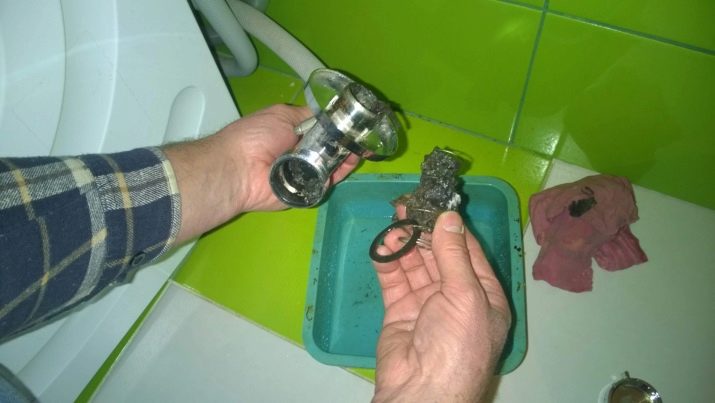
- If the filter is corroded, it can be soaked in citric acid solution. In a small enamel or plastic bowl, dilute 50-60 g of citric acid in a liter of water. Leave the filter in the solution for 10 minutes. Then rub the rusted areas vigorously with a brush and rinse with warm water.
- After the filter has dried, carefully screw it back into place.

The drain filter is located at the bottom of the washing machine and is usually covered with a plastic cover.
To remove it and then clean it, do the following:
- The drain filter is slightly larger than the filler filter.It is a swirling plug, and no tools are needed to extract it. Grasp the notches on the filter cover with your hand and turn counterclockwise a few turns. Then remove the entire filter element.
- After removing the filter from the open hole, water may pour out at the bottom of the machine. Place a rag or thick towel on the floor ahead of time to absorb the water. Alternatively, substitute low-rise dishes. Usually a small amount of water is poured, about 40-60 ml.
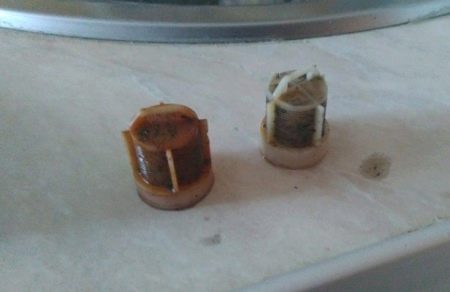
- After removing the element, clean the hole. To better clean it, take a flashlight and shine it inside. Usually, rather large debris gets stuck in the hole, for example, coins, toothpicks, small fasteners, zipper dogs. You can remove objects from the hole by hand.
- Further, you can start cleaning the filter itself. Remove curled hair, threads, fabrics, wool, and other visible debris from it. Rinse the filter element under warm running water. To remove limescale deposits, you can also soak the drain filter in citric acid solution as described above.
- After cleaning is complete, screw the filter back in place and close the cover.
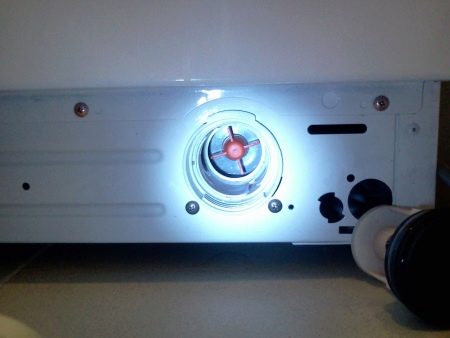
Tips & Tricks
After checking and cleaning the drain and filler filters, try to follow the simple recommendations and rules in the future that will keep these elements of the washing machine working:
- An indication that the inlet filter is clogged is the following malfunctions: the washing time has increased greatly, water enters the drum intermittently and in small portions, the washing machine emits a strong hum while filling the drum.
- It is worth immediately checking the drain filter element, if your automatic machine starts to turn off during the spinning or draining of the water. Also, a sign of a clogged drain filter is an uneven discharge in small portions, an unusual hum of the machine when the water is draining.
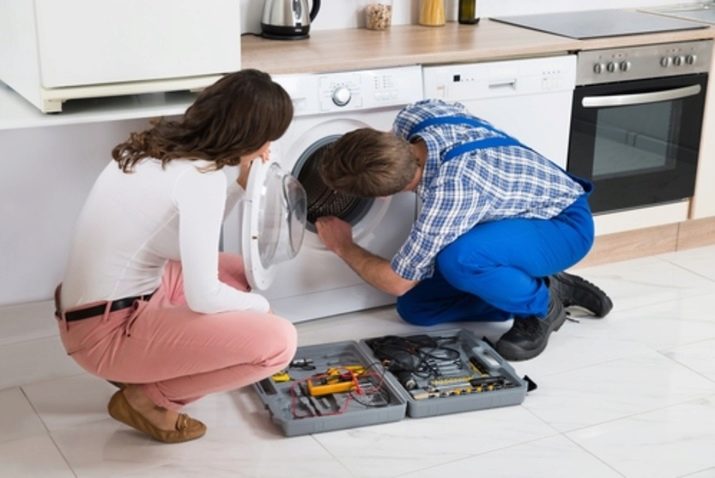
- Try not to get a lot of debris, sand, small objects into the washing drum. It is better to shake clothes with heavy sandy, earthy or clayey dirt over the bathtub or brush off dry dirt. Check the pockets of clothes, do not leave small items, candy wrappers, pieces of paper, coins there. These simple steps can significantly reduce the clogging of the drain filter.
- There are situations when the drain filter element is too dirty or there is a lot of scale on it. In such cases, it is most likely that it will not be possible to unscrew and remove it using the simple method described above. You can try to unscrew the entire drain pump with a screwdriver. The machine must be turned over on its side, remove the lower protective panel. At the bottom, at the very bottom of the case, you will see a drain pump, which is located just behind the filter. By unscrewing the pump, you can remove the filter not from the outside, but from the inside of the case.
- To avoid serious damage and damage to your washing machine, promptly respond to the above-described signs of filter clogging. Even in the absence of noticeable alarms, the filter elements should be regularly checked and cleaned if necessary. The condition of the filler filter must be checked at least once every 4 months. The drain filter, if there are no signs of a failure in the outflow of water from the drum, it is advisable to check at least once every 2 months.
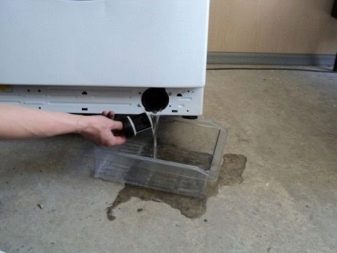
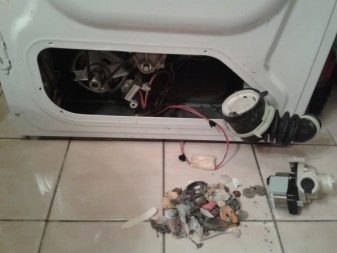
To clean the filter in the washing machine - watch our video on how to do it correctly.








